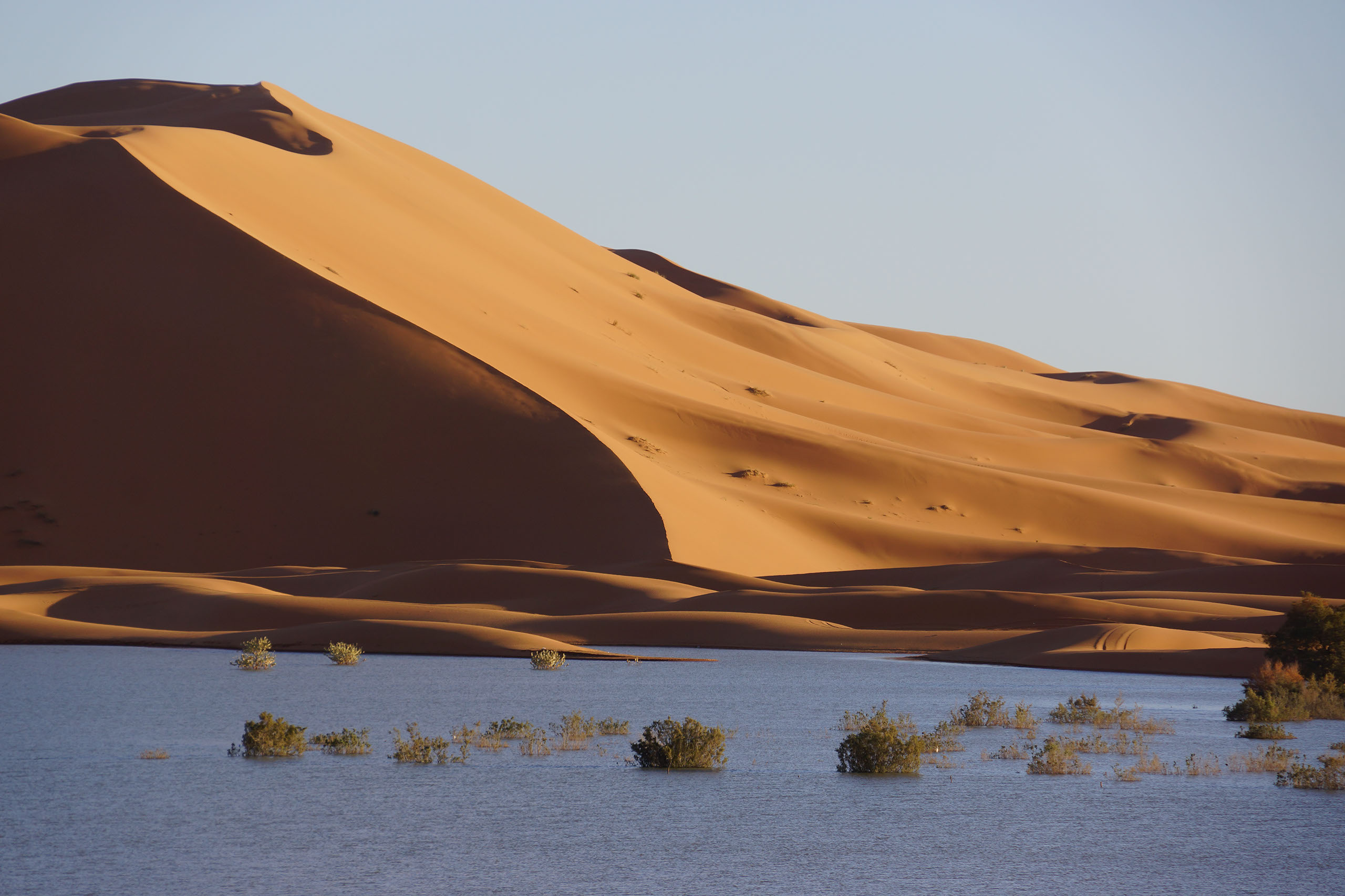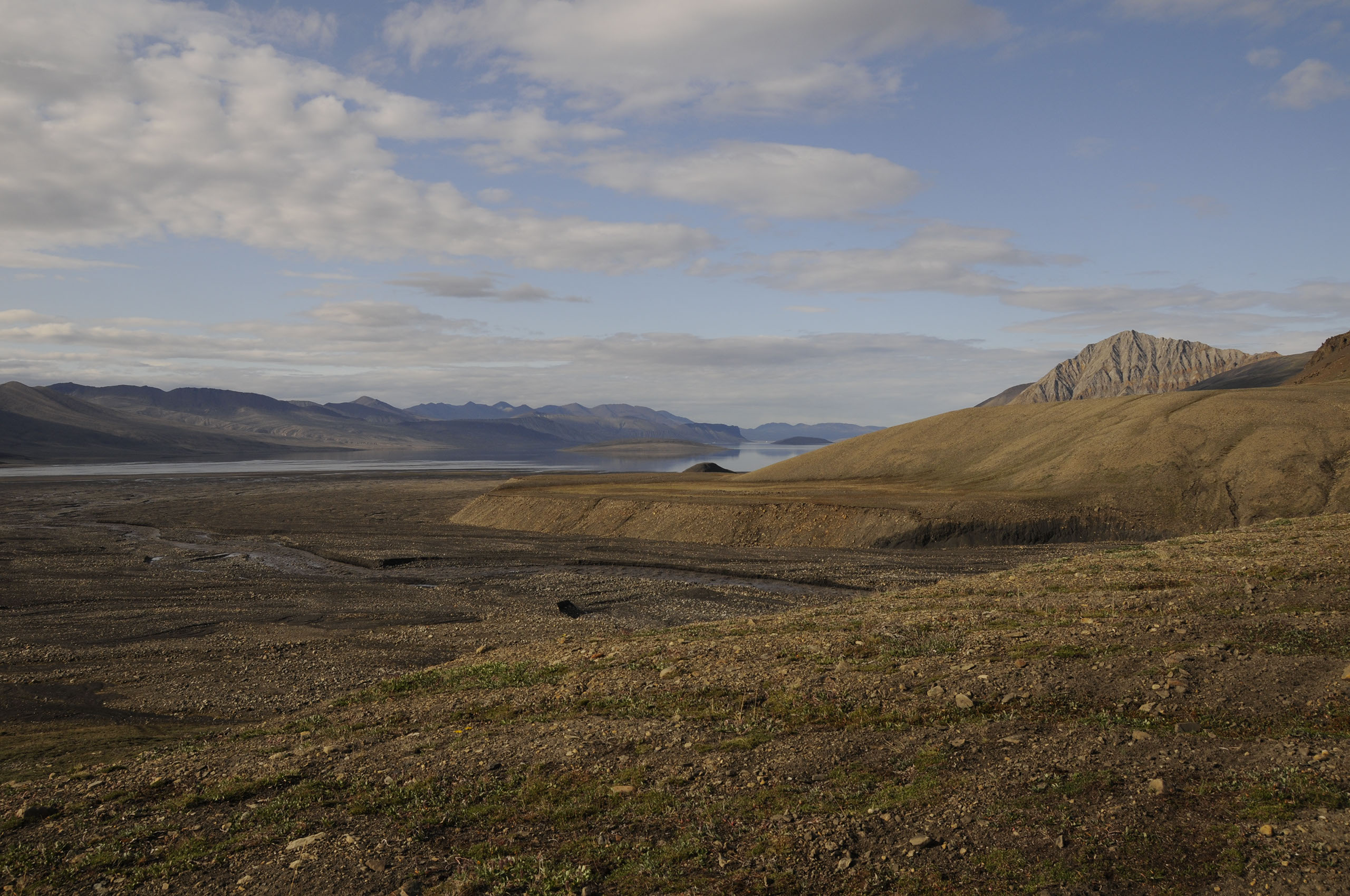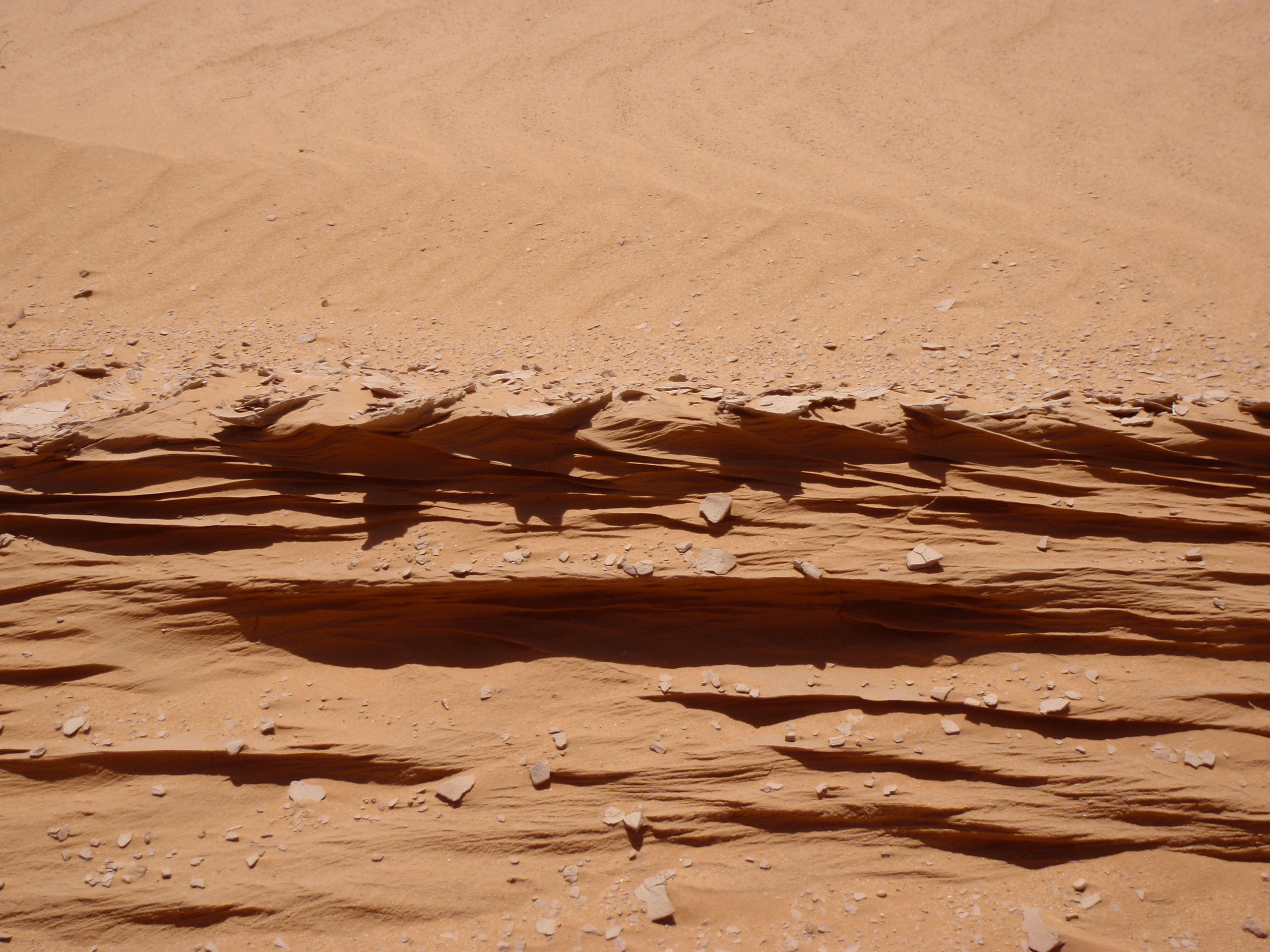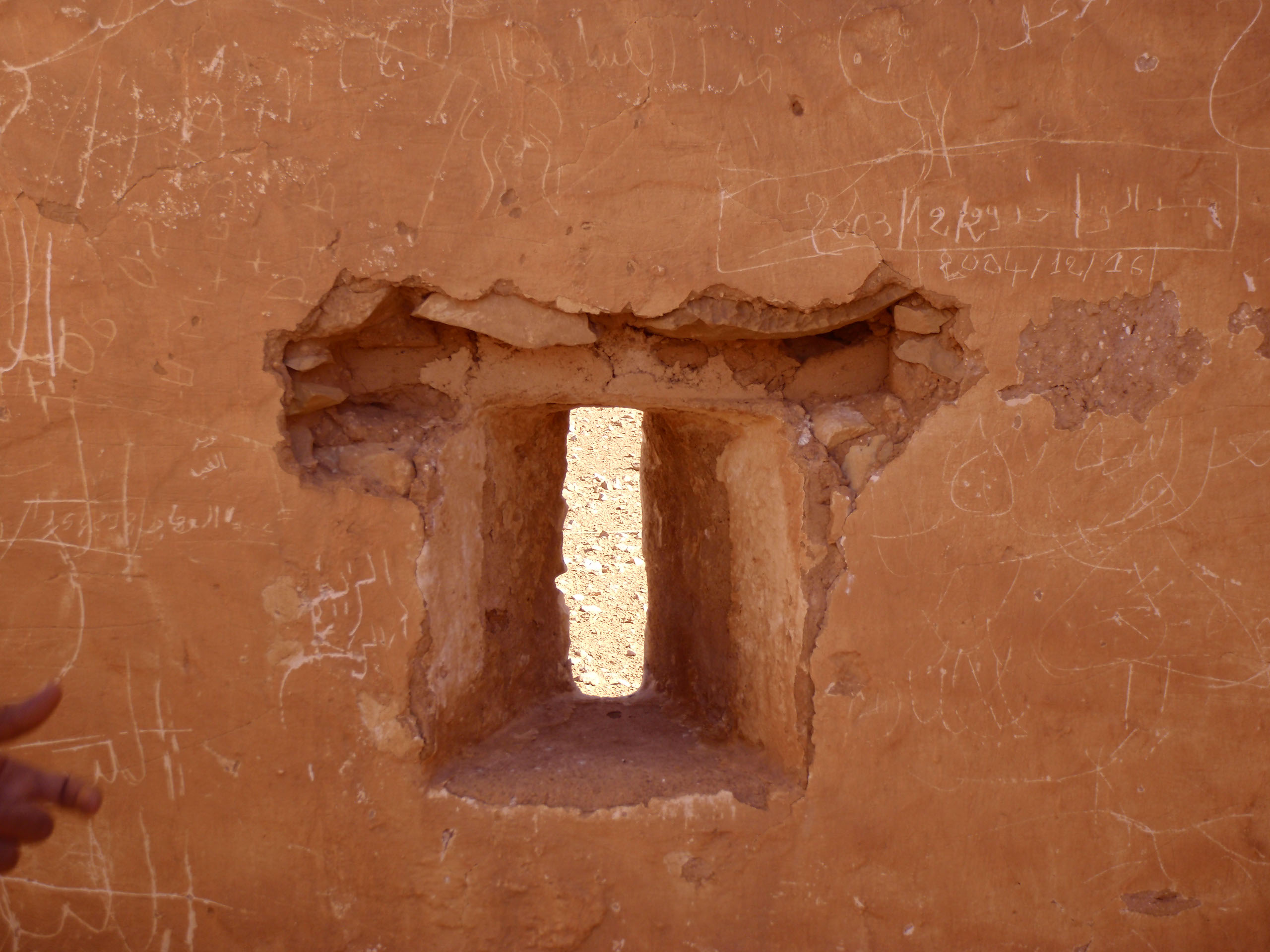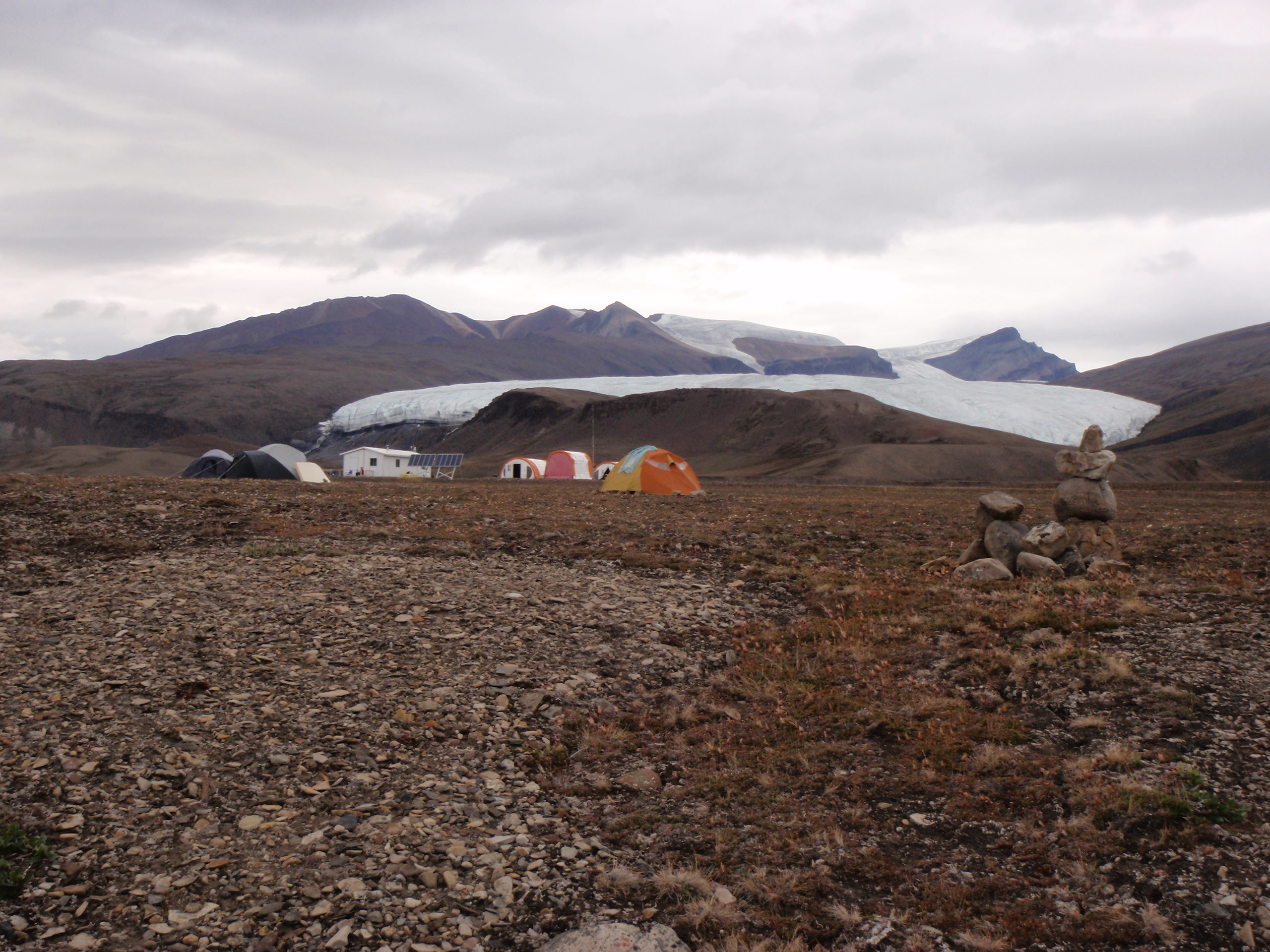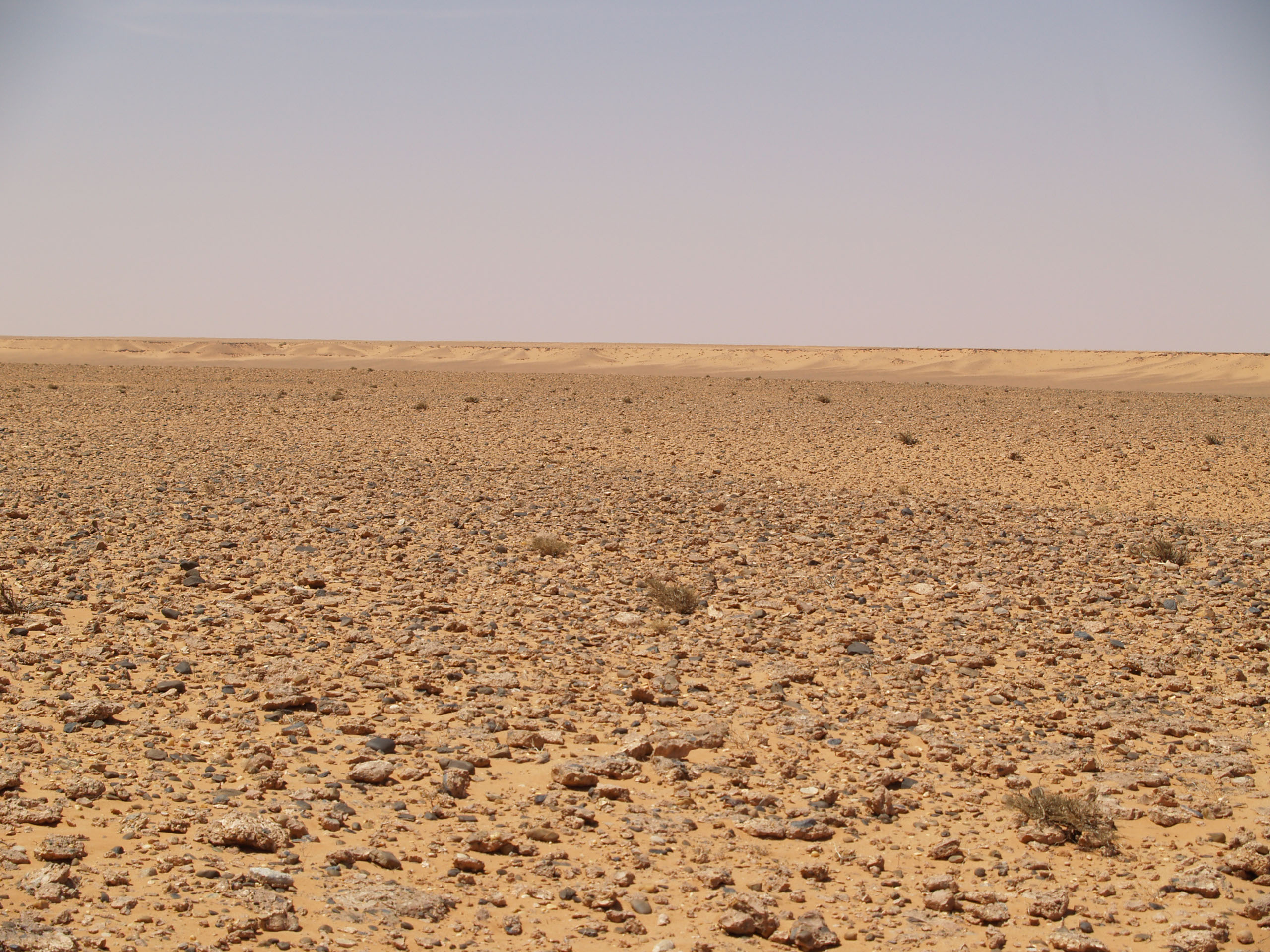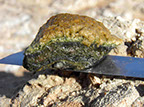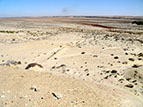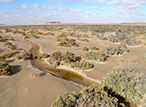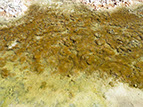Astrobiological potential of microbial biogeomorphology in arid, evaporite-dominated environments: the Sabkha Oum Dba (Western Sahara, Morocco)
Roberto Barbieri and Barbara Cavalazzi, Università di Bologna, Italy
The objectives of the field work carried out at the Sabkha Oum Dba (Western Sahara, Morocco) were centred on the investigation, from an astrobiological perspective, of surface morphologies produced during on-going, mixed sulphate-carbonate mineral precipitations in a continental sabkha environment where a variety hydrated microhabitats inhabited by different types of microorganisms grow in confined conditions. In such an active ecosystem that works as a natural laboratory the relationships between organisms and the physical environment can be comparatively observed and evaluated. Our fieldwork was concentrated on i) the recognition of diagnostic surface morphologies for mixed sulphate-carbonate precipitations; ii) the evaluation of the geomorphic role of microorganisms during surface-near surface processes involving mineral precipitation; iii) the recognition of biosignatures derived from microbe-mineral interactions, iv) the evaluation of their preservation potential. The ultimate goal was an in-depth evaluation of the astrobiological potential of these micromorphologies in light of the discovery of patterns of scattered distribution of carbonates on Mars that — especially when associated with sulphates — suggest that these mineral associations were formed in constrained environmental settings, as in the case of arid and ephemeral lakes such as sabkhas. The next step in this research is to look for the fossil expression of the living morphologies observed in the field that are possibly preserved in the sulphate/carbonate deposits sampled in this sabkha.

© Copyright IbnBattutaCentre/IRSPS
The material of this website cannot be reproduced without permission of IbnBattutaCentre and IRSPS
